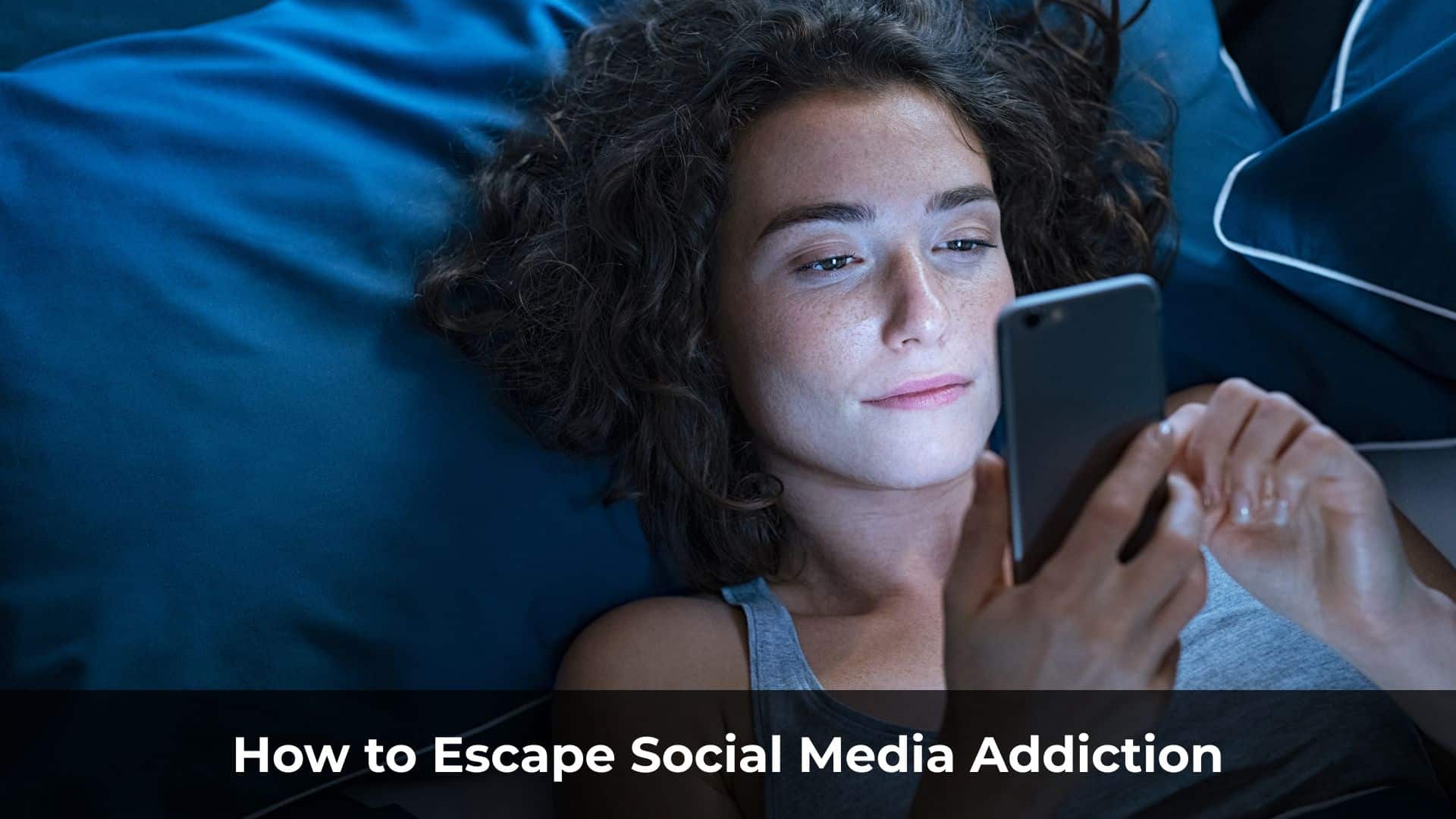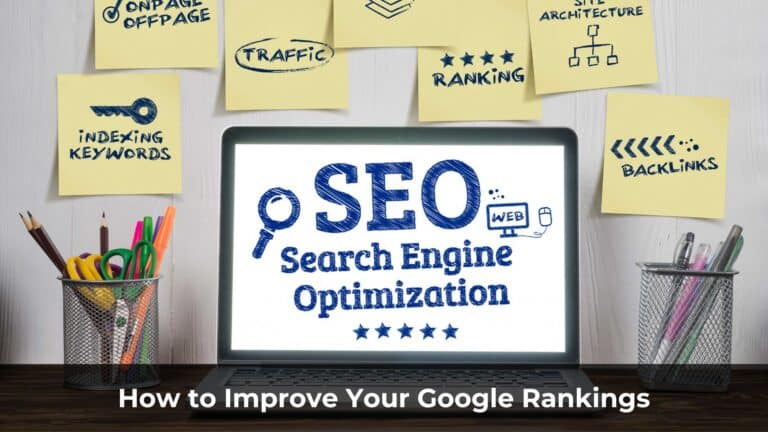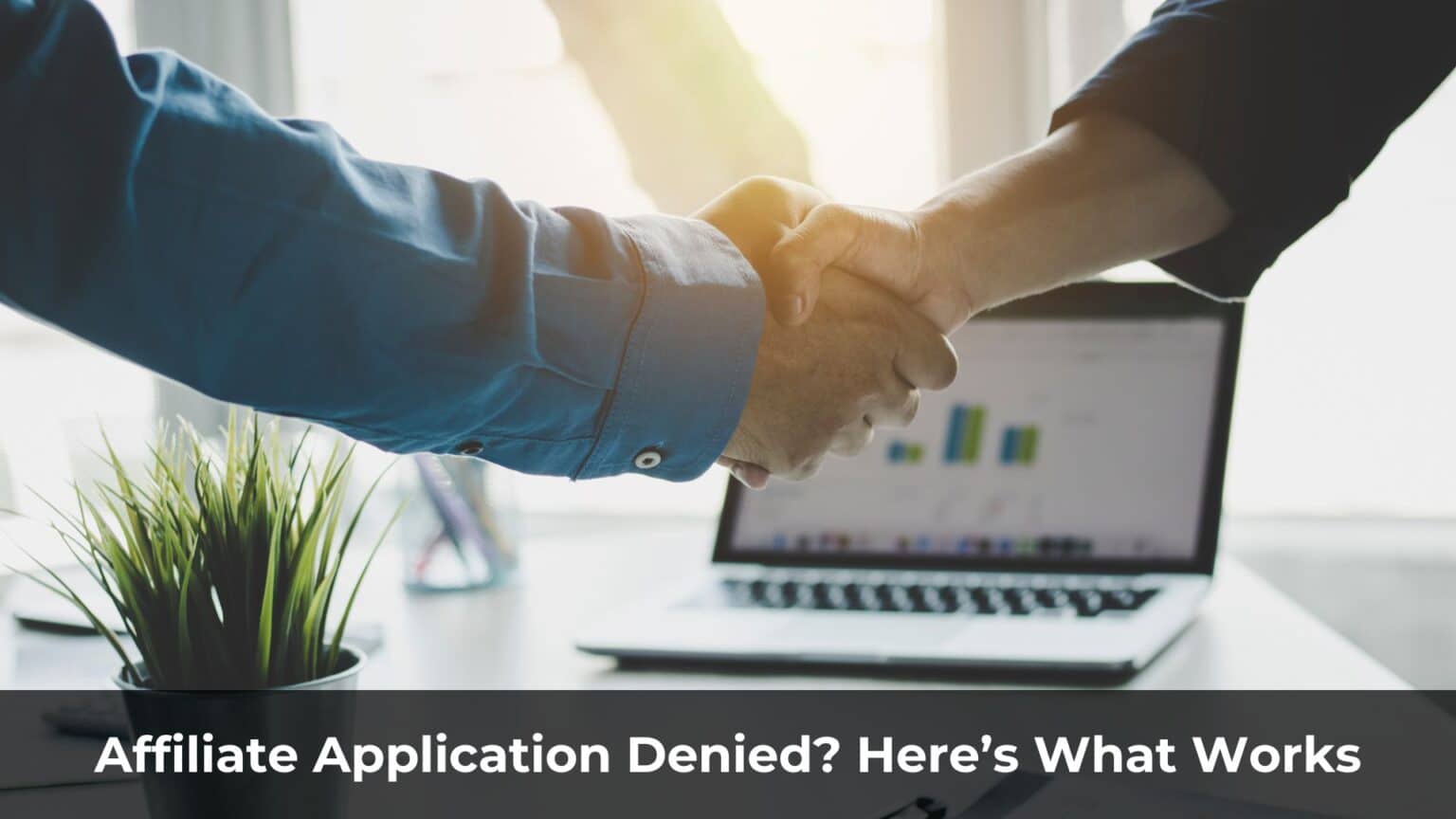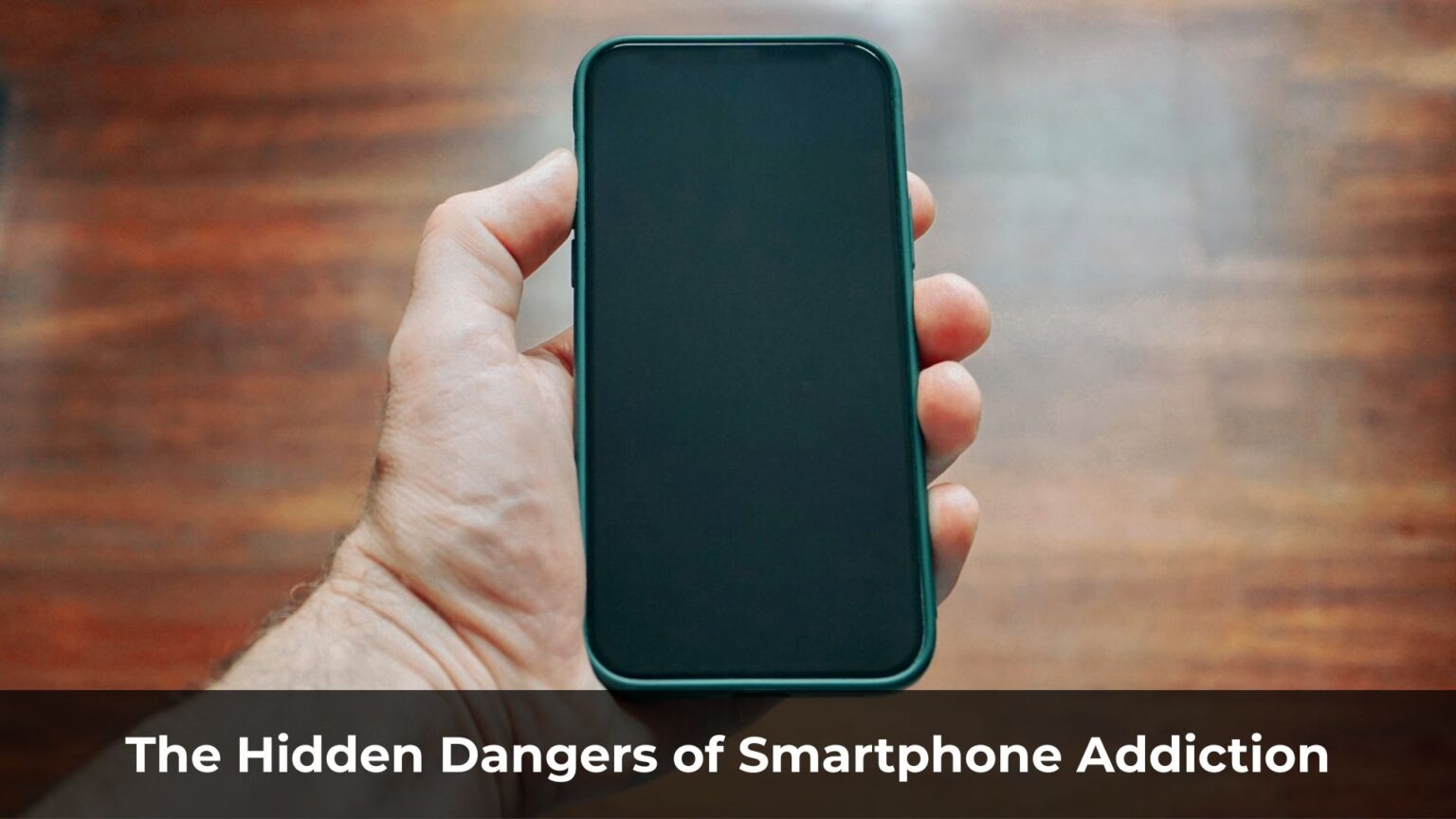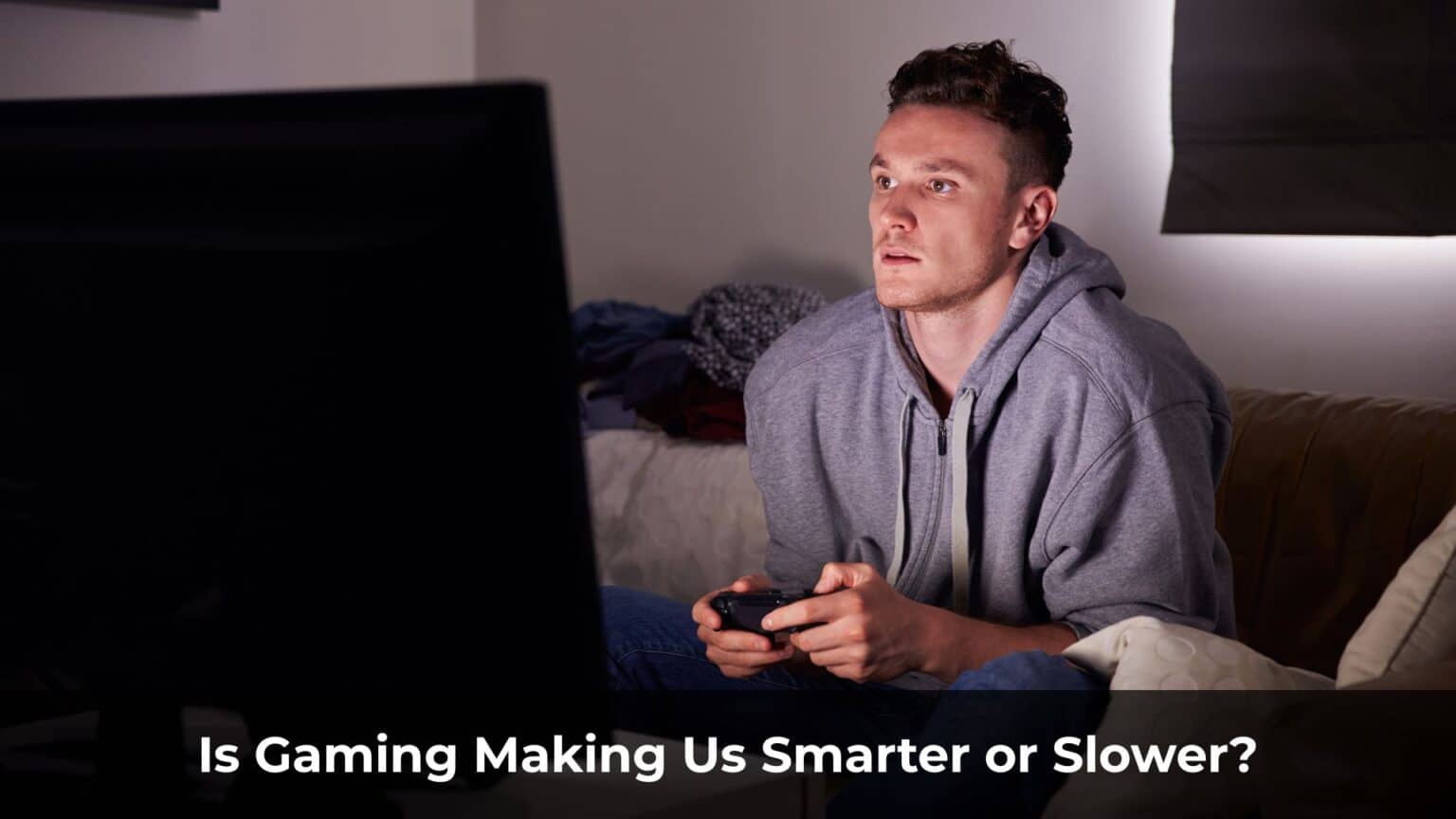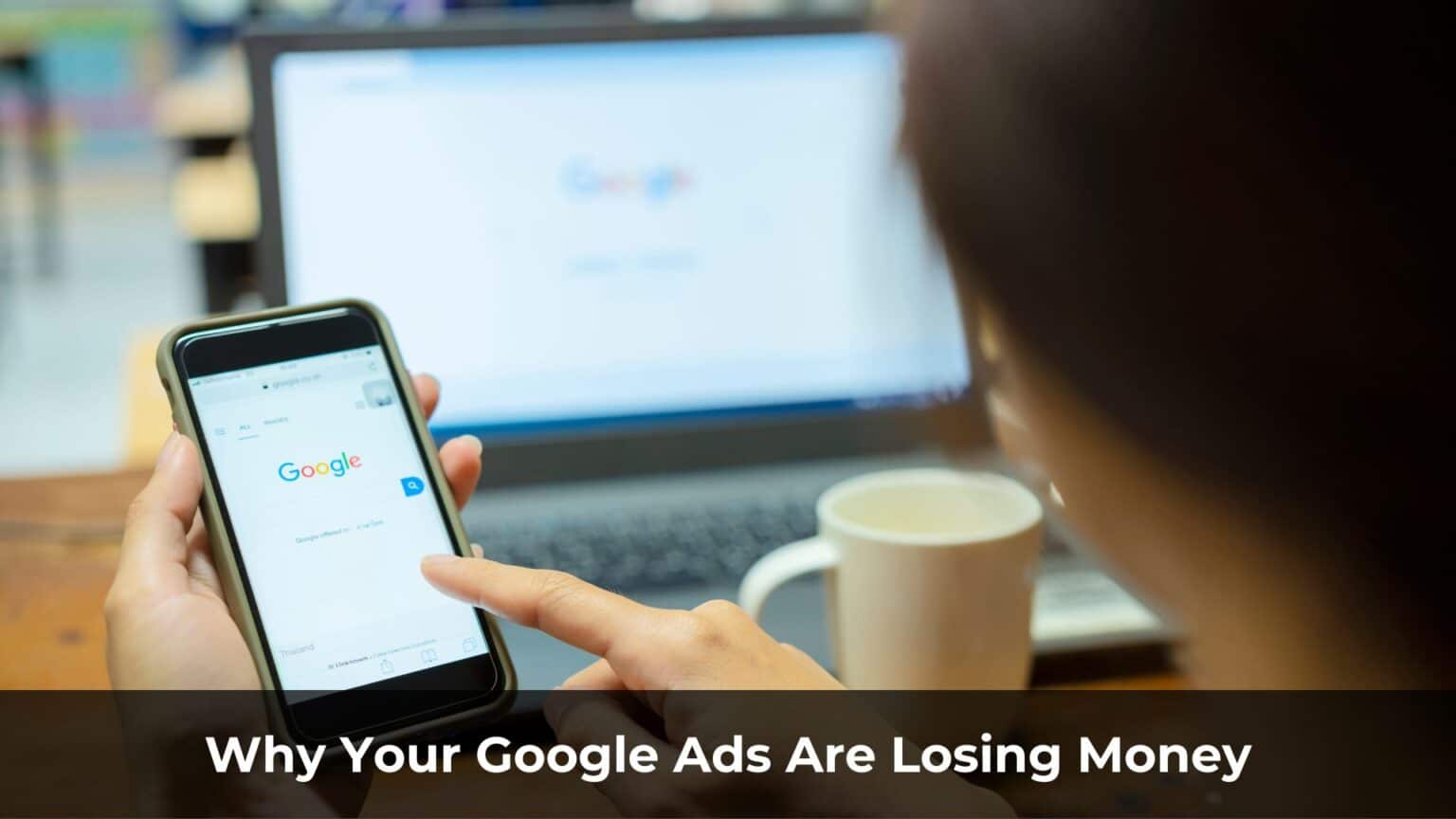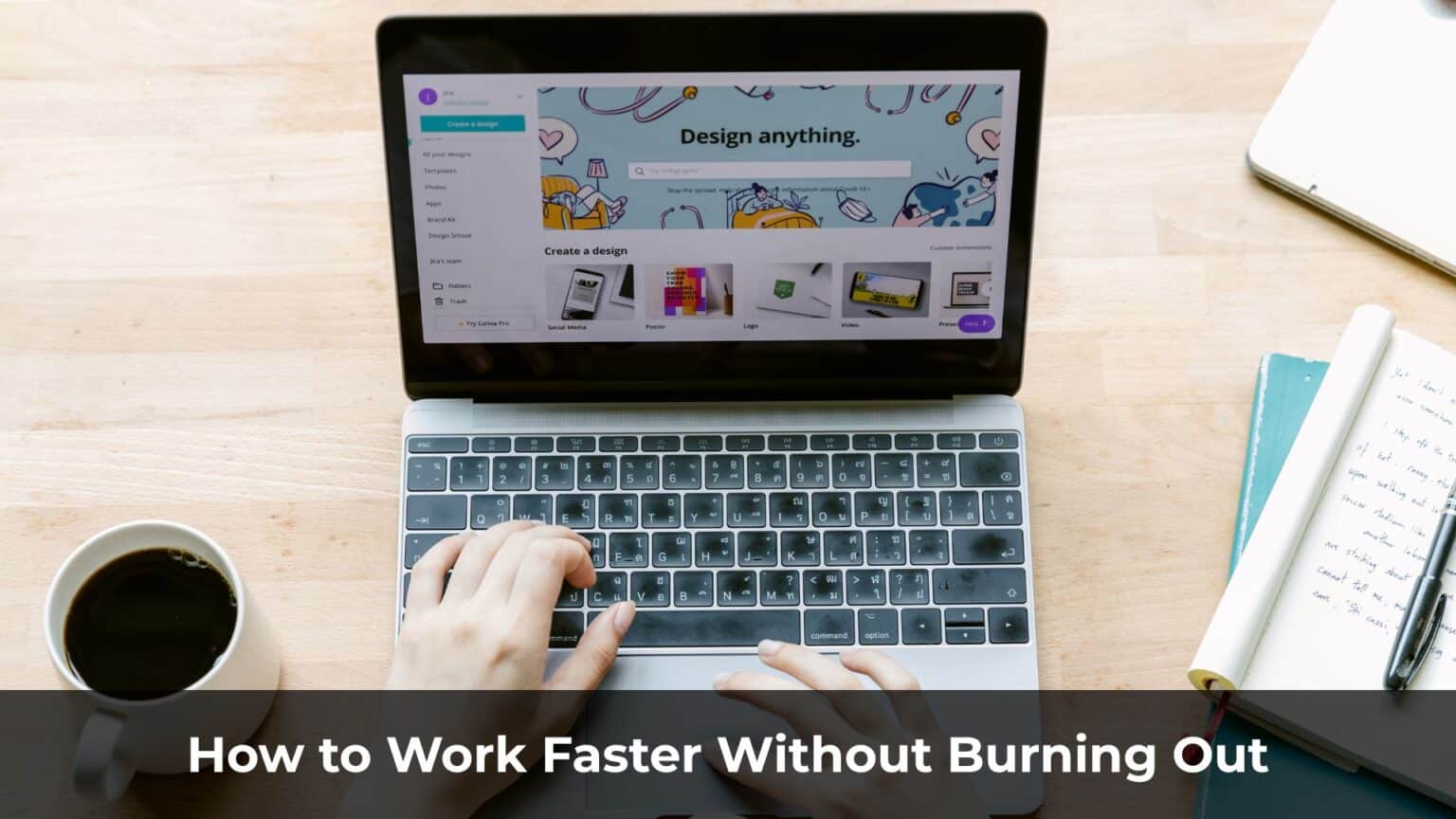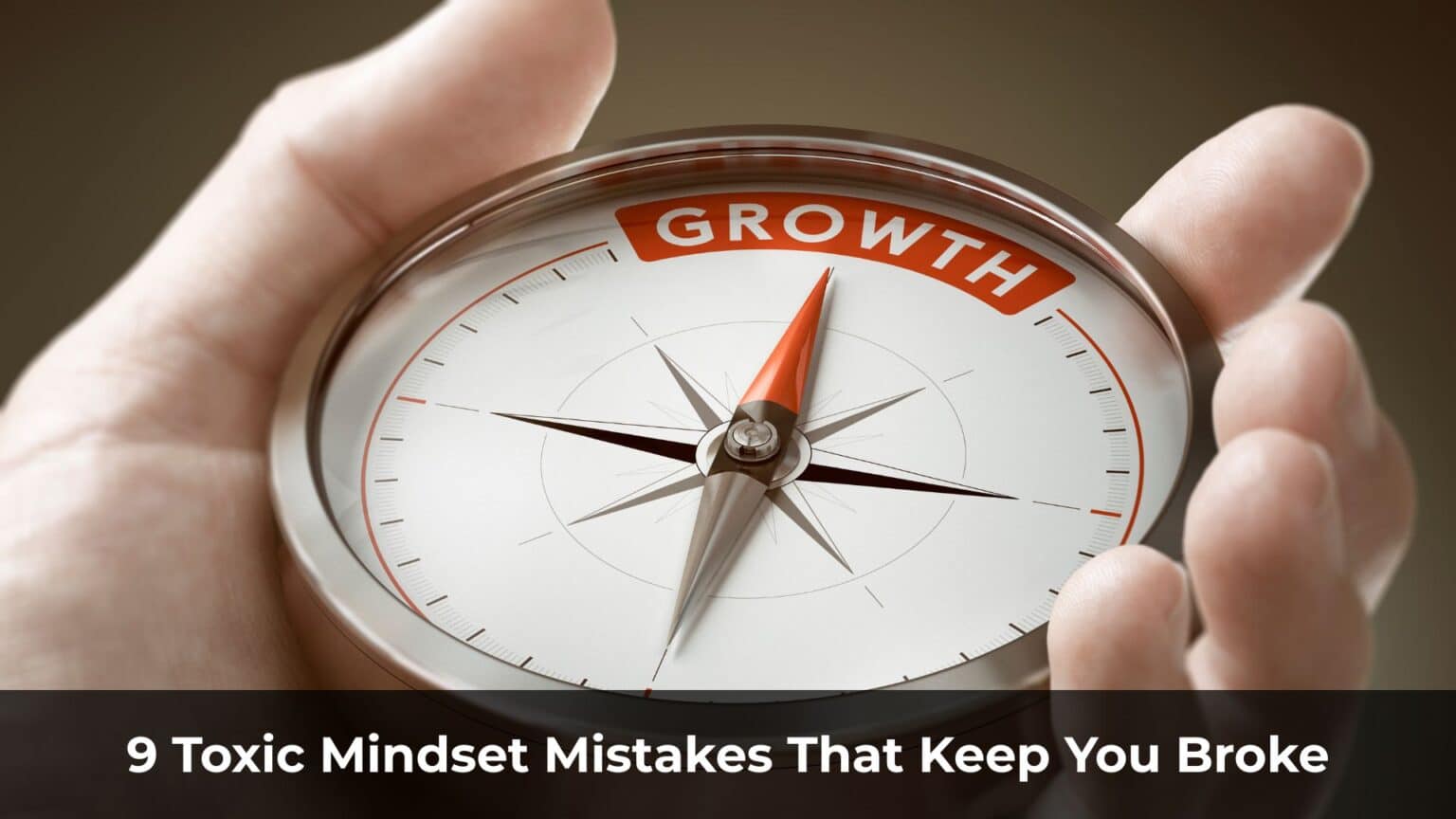Have you ever found yourself in this situation?
You put down your phone… and just five minutes later, you’re picking it up again—without even knowing why.
You scroll through Facebook, open Instagram, find nothing new… close it.
But somehow, your hand reaches for the phone again, just moments later.
Day after day, this unconscious loop repeats itself—quietly wearing down your focus, your peace of mind.
You feel more tired. More impatient. More anxious—but you can’t quite explain why.
Is it because life has become too stressful? Or is it something else—something far more subtle—stealing your inner calm?
Let’s trace it back together. Why is social media so good at hijacking our minds? And more importantly—how can we take back control?
Table of Contents
ToggleYou’re Not “Accidentally” Addicted to Social Media
Ever wonder why…
You reach for your phone—even when there’s nothing urgent to do? You just checked Facebook five minutes ago—yet somehow, you’re back on it again?
And the more you scroll, the more drained you feel… but still, you can’t seem to stop?
- It’s not because you’re weak.
- It’s because the trap was built that way.
Tech companies have spent billions designing addictive algorithms—with one goal in mind: Keep you hooked for as long as possible.
Why? Because the longer you stay, the more they “understand” you. The more precisely they can show you ads. And the more money they make.
Every swipe, every tap, every time you open that familiar app—your brain is triggering a reward loop.
We repeat these behaviors automatically—like puppets on invisible strings.
What makes it so dangerous is this: You don’t feel like you’re being controlled.
Everything seems smooth, harmless—even like it was your choice.
But the longer you stay on social media, the more your brain gets fatigued. Your focus declines. Your mood drops.
And you’re left wondering what’s wrong—without realizing what’s causing it.
In the next section, we’ll break down how these addictive mechanics work—and more importantly, how to break free.
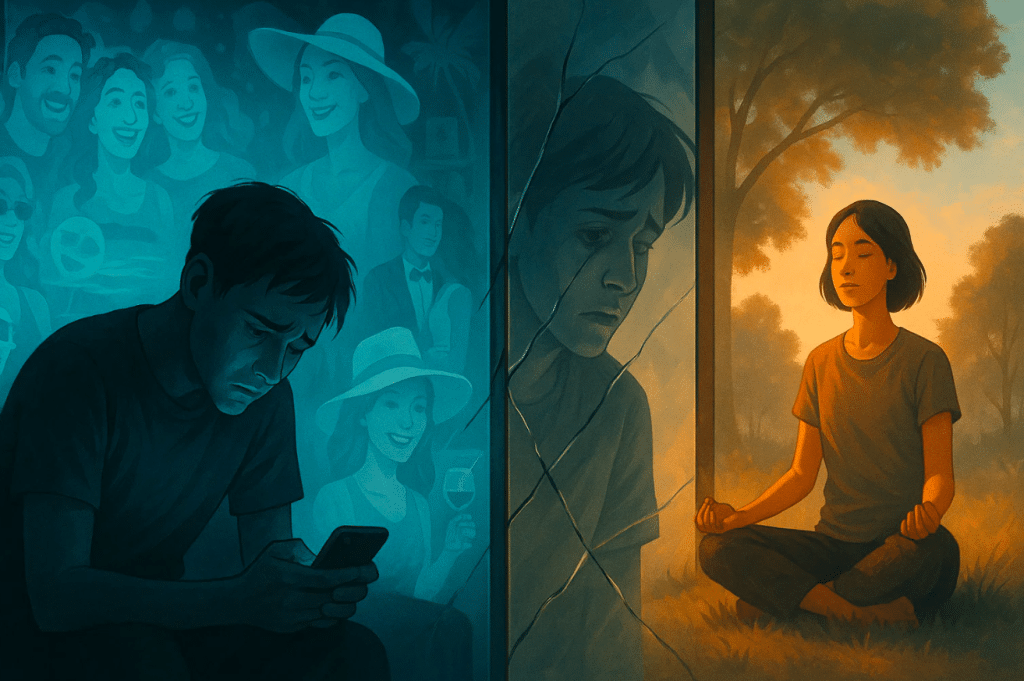
The FOMO Effect – And the Silent Wound It Leaves Behind
One of the quietest wounds social media inflicts on us is something called FOMO—short for “Fear of Missing Out.”
You open Facebook, and someone’s traveling.
You check Instagram, and your friends are celebrating wins, sharing moments of joy, showing off their best days.
Meanwhile, you’re sitting there—staring at a screen—feeling like the whole world is moving forward… and you’re stuck in place.
You don’t say it out loud, but deep inside, a quiet sadness creeps in. Maybe you’ve even asked yourself:
“What am I doing with my life?”
“Everyone else seems to be living something amazing. And me? Just… this.”
FOMO makes you feel like you’re falling behind—like you’re missing something important, like you’re losing the race.
And instead of being present—living your life—you start chasing illusions. Highlights. Carefully selected moments people post to impress.
Here’s the irony: They’re just like you.
Everyone’s trying to show the best side of their life—the wins, the smiles, the filtered magic.
But the sadness, the loneliness, the failures? They’re edited out.
That’s why social media has quietly turned into an invisible competition: A race to make life look better than it really is—in the eyes of others.

The Negative News Spiral – And How It Warps Your Perception
If you start your mornings by scrolling through social media, chances are, you’ll run into headlines like:
“Latest celebrity scandal exposed.”
“Another outrageous case of social injustice.”
“Internet explodes over controversial debate.”
Day after day, this stream of negativity seeps quietly into your mind.
Not all at once. But slowly. Steadily.
And over time, it leaves a mark.
You begin to feel like the world is falling apart. Like people are becoming more fake. Like society is heading downhill fast.
You start feeling uneasy, anxious, even lost— Even if, in reality, your personal life is just fine.
Why does this happen?
Because humans are naturally drawn to things that shock us, anger us, or stir up controversy.
A beautiful story might get ignored. But a petty drama or baseless rumor? That gets millions of views.
Social media platforms know this all too well:
What makes you angry, jealous, or outraged… usually makes you stay longer.
Their algorithms aren’t evil. They’re just obedient.
You like, you comment, you share— So they feed you more of the same.
And then there are the content creators who exploit this weakness deliberately.
They post clickbait. Stir up drama. Even distort facts—just to get views and ad revenue.
The algorithm doesn’t care what’s true or valuable. It only follows user behavior.
So negative, sensational content gets amplified— Not necessarily because the platform wants it, but because enough people engage with it… and unknowingly help it spread.
The result?
The world you see through your screen starts looking darker, louder, more chaotic—without you even realizing it.
You think you’re “staying informed.”
You think you’re “understanding the world.”
But in reality, you’re just consuming fragments of emotional chaos—carefully arranged to make you feel more doubtful, fearful, and disconnected from life.
And slowly, you get trapped inside a digital echo chamber— A place where everything feels tainted.
You start believing that people today are inherently fake.
That society is broken beyond repair.
And worst of all:
You start believing that you’re seeing the truth— When that “truth” has long been distorted.
That’s Cognitive Distortion.
No one forces you to believe anything.
But the habit of mindlessly scrolling builds invisible walls—quietly separating you from reality.
And the most dangerous part? You don’t even realize it’s happening.
You still think you’re thinking clearly. That your opinions are your own.
But in truth, you’re seeing the world through a tinted lens— One carefully colored by the voices and values of the online crowd.

Stop Blaming—You’re the One in Control
It’s easy to point fingers. Some people might say:
“It’s not my fault.”
“It’s the phone—it’s addictive.”
“It’s social media.”
“It’s the modern world that’s making people lost.”
But if you pause… and think a little deeper, you’ll see:
Your phone is just a tool. Social media is just a platform.
They can’t make you do anything— Unless you give up control yourself.
Yes, tech companies and media giants have spent billions making their products as addictive as possible.
But the power to turn off the screen? It’s still in your hands.
The power to scroll—or not scroll. To click—or walk away. It’s still yours.
- You can take back control.
- You are not a victim.
- You’ve just momentarily forgotten how much power you really have.
And if you choose to— You can start reclaiming that power… With small changes. Today.
Action Step #1: Turn Off All Unnecessary Notifications
Notifications might seem harmless.
Just a little ding.
A pop-up message.
A red dot in the corner of your screen.
But don’t underestimate them. Each time a notification appears, your brain gets interrupted.
- Your train of thought is broken.
- Your focus is shattered.
- And once again—you get pulled back into the loop: scroll, click, scroll again.
Science has shown that even a tiny interruption can cost your brain up to 20 minutes to regain full focus.
Now imagine getting 50… 100… even 200 notifications a day.
It’s no wonder you often feel tired, scattered, and off balance—even if you haven’t done anything physically demanding.
So the first step to reclaim control is simple:
Turn off any notification that isn’t truly necessary.
Messages from close friends or family? That’s fine.
Important phone calls? Of course.
But everything else—likes, comments, tags, game invites, sales alerts, breaking news—shut it all off.
And here’s what you’ll notice:
When the world stops tugging at your sleeve every few seconds, you begin to feel time differently.
- You can think more clearly.
- Work more deeply.
- And rediscover a quiet kind of peace—one you may have forgotten.
It takes less than 10 minutes to change these settings.
But the impact? It might just change how you live your day.
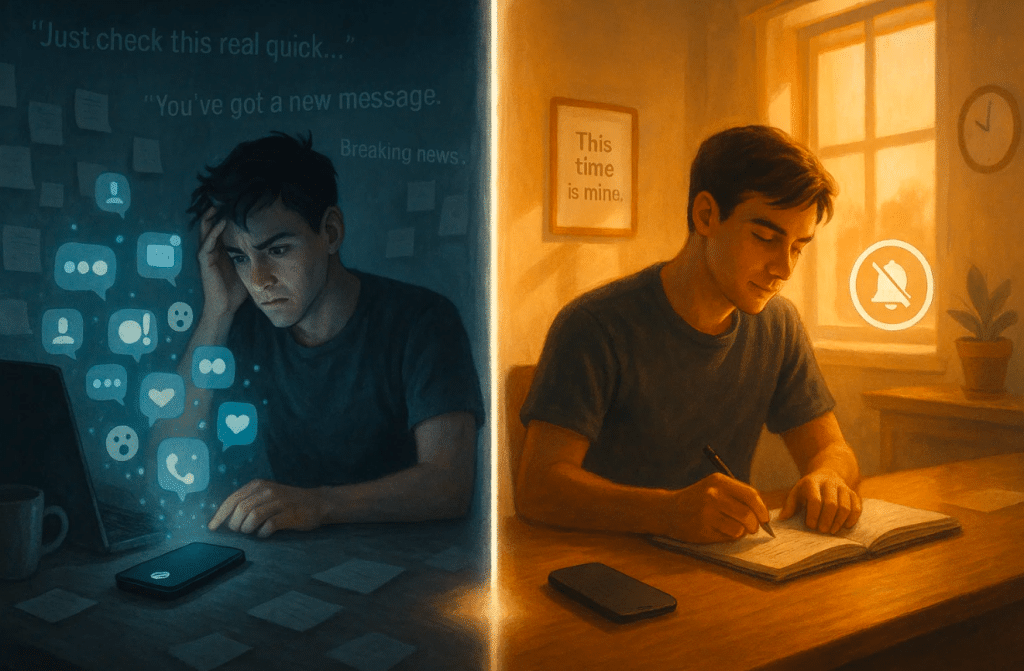
Action Step #2: Turn On “Do Not Disturb” Mode
You’ve probably had this moment:
You sit down at your desk, full of resolve— “Today, I’m going to focus. I’m going to get things done.”
But ten minutes later, your phone lights up. Ding. And just like that, your focus slips away.
It’s not because you lack willpower.
It’s because the environment around you isn’t built for focus.
Here’s a simple but powerful solution:
Turn on “Do Not Disturb” mode during your most focused hours.
When this mode is activated:
- Your phone stays completely silent.
- No notifications pop up.
- No one can reach you—except those you’ve pre-approved.
It’s like closing an invisible door between you and the noise of the outside world.
It creates a quiet space— A mental breathing room where you can actually think, work, reflect, or simply… slow down.
You don’t need to keep “Do Not Disturb” on all day. Just use it intentionally—during key moments:
- When you’re deep into a task.
- When you’re studying or learning something new.
- When you’re making an important decision.
- Or even when you just want a peaceful afternoon with a book.
By turning on “Do Not Disturb,” you’re sending a powerful message to yourself:
This time is mine. I choose focus. I choose stillness. And I deserve to fully experience life—without interruptions.
Action Step #3: Block or Limit Social Media Addiction Triggers
Here’s a truth we all know—but few are willing to admit:
Just reminding yourself isn’t enough.
You might promise, “Today, I won’t waste time on social media.” But then boredom strikes.
Just a few seconds of mindless drifting— And your hand reaches for Facebook, Instagram, TikTok… almost by reflex.
That’s why relying solely on willpower doesn’t work. Instead, change the environment.
Add friction—make it harder to access social media. Remove the ease, break the habit loop.
There are apps that can help:
Forest – Every time you want to focus, you “plant a virtual tree.” But if you leave the app to check social media, your tree dies. It’s a simple, gamified way to stay committed and mindful.
Lock Me Out (for Android) – You can block distracting apps for a set time window. Once the timer starts, there’s no going back—no matter how tempted you feel.
Screen Time (iOS) – Built into every iPhone, this tool lets you set daily time limits for apps like Instagram, TikTok, or Facebook. When the time is up, the app locks itself—forcing you to pause and reflect.
Freedom – Works across phones, tablets, and desktops to block both apps and websites. You can even schedule recurring sessions and enable “locked mode” to prevent disabling the blocker mid-session.
StayFocusd (Chrome Extension) – Ideal for desktop users, this tool limits your time on specific websites. Once you hit your limit, access is completely blocked for the rest of the day.
Cold Turkey (Windows, macOS) – A powerful app blocker for deep work. You can schedule focused sessions, block social media apps and websites entirely, and even lock the settings so you can’t undo them mid-session.
It’s perfect when you need full digital silence—no distractions, no loopholes.
These tools don’t make you rigid or extreme. They simply make it just difficult enough to pause your autopilot.
And in that pause… something powerful happens.
Because when opening social media takes more effort, you naturally stop and ask:
“Do I really need to check this right now?”
Sometimes, that brief moment of hesitation is all it takes— To return to the present. To regain control.
Action Step #4: Curate Your Feed – Keep Only What Nourishes You
If you let social media decide what you see, then sooner or later—it’ll start shaping how you feel. And you won’t even notice it happening.
That’s why it’s time to take the reins.
Be intentional about what shows up in your feed.
Start asking yourself a few simple questions:
“Is this person really worth following?”
“Does this page leave me feeling more uplifted?”
“Or do I walk away feeling angry, jealous, or drained?”
If the answer is no—be bold: Unfollow. Unsubscribe. Mute. Hide.
- You don’t need to hate anyone.
- You don’t need to argue.
You’re simply protecting your mental space. Life is already complex enough.
You don’t need to add unnecessary weight by feeding your mind a daily stream of negativity, fake perfection, or endless online arguments.
Social media—when used well—can be a space for ideas, inspiration, and growth.
But that only happens when you choose what comes in, not when you passively absorb whatever the algorithm throws your way.
Every time you follow someone, you’re inviting them into your mental world.
So choose wisely— As if you were choosing the people you want walking beside you in life.
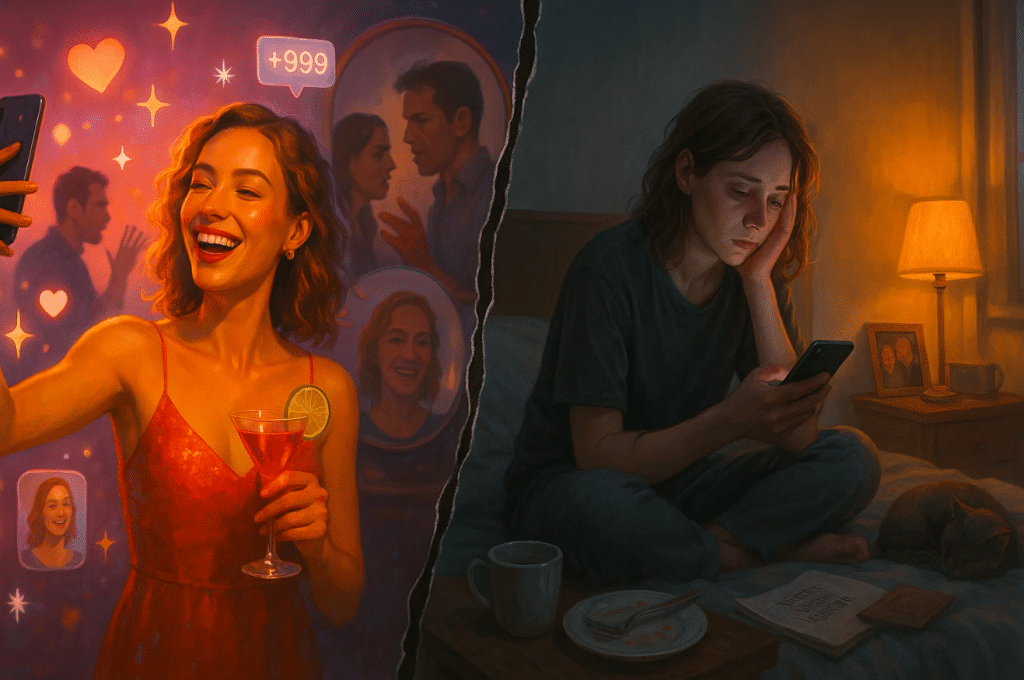
Why Social Media Addiction Makes Life Look Better—But Feel Worse
Have you ever scrolled through social media and thought: “Why is everyone else so happy, so successful, so full of life— while I feel so… behind?”
Here’s the truth:
What you see online is a carefully curated slice of someone’s life— Not the whole picture.
They post the perfect vacation photo—
but not the argument that happened just before it.
They share the big career win—
but not the months of burnout, doubt, and failure that came first.
They smile brightly at the party—
but you don’t see the loneliness that followed them home that night.
Social media has created a virtual world where everyone’s trying to prove they’re living a life worth envying.
But behind every filtered image and polished caption, there’s a reality no one wants to talk about.
And if you compare your real, messy life to someone else’s highlight reel, you’ll always feel like you’re falling short.
You’ll start to believe that you’re not successful enough. Not happy enough. Not enough. But the truth is:
- Everyone has parts of their life they don’t post.
- Everyone is struggling in their own way.
- Life is hard—for all of us.
Even the wealthiest person on earth is battling some form of suffering.
Real life isn’t as glamorous as Facebook or Instagram make it look.
Real life is messy. It’s full of tired mornings, boring afternoons, and small failures— interwoven with rare but real moments of joy, love, and meaning.
And it’s those moments— the ones that aren’t perfect— that reveal our strength, our resilience, our humanity.
That’s where the real beauty lies. That’s what makes life truly meaningful.

Feel the Rhythm of Your Own Life
Some people find success at 20. Others don’t discover their path until after 40. Some fall in love early and build a stable family.
Others go through heartbreak after heartbreak— until they finally learn what it means to truly love.
Every life is a unique journey. No two are the same.
And yet, social media quietly plants a dangerous illusion: That there’s a timeline you’re supposed to follow.
That if you haven’t achieved this by that age, you’ve failed.
That if you’re not keeping up, you’re falling behind.
But here’s the truth:
Life isn’t a race. You’re not here to chase anyone.
You’re here to move at the pace that feels right to you— whether that’s fast or slow, straight or winding.
Some flowers bloom in spring. Others wait until winter.
No one criticizes the flower that blooms late. No one compares which petal opened first. And neither should you.
You’re exactly where you need to be. And you’ll arrive—in your own time.
Stop Staring at Someone Else’s Life
Here’s a simple truth we often forget: You can only live your life.
You can admire someone else’s success.
You can respect their journey.
But don’t let that admiration turn into invisible chains— binding you to endless comparison.
Everyone starts from a different place:
- Some are born with more resources.
- Some begin with nothing.
- Some stumble upon lucky breaks.
- Others walk long, dark roads in silence—before they ever see the light.
No two paths are the same. And the more you obsess over other people’s lives online, the more precious time you waste on your own.
Instead, come back to these questions:
“Did I take one small step forward today?”
“Am I living in alignment with what I truly believe?”
If the answer is yes—even in a small, quiet way— Then your journey is unfolding. Slowly. Uniquely. Beautifully.
Life isn’t a performance for others to applaud. Life is yours to live, to feel, to make meaningful in your own way.
So—
Treasure your path.
Like an artist tending to the one masterpiece they’ll ever create.
Don’t Be Addicted to Social Media.
Choose Peace in a World Full of Noise.
We live in an age of endless information. Constant noise. Temptations always within reach.
One simple scroll, one small click— and you’re swept into an endless stream of images, stories, and other people’s lives.
If you’re not careful, you’ll drift.
Drift into the fear of missing out. Drift into meaningless comparison. Drift into a world of curated illusions— that the longer you stare at, the more empty you feel inside.
But here’s the truth:
- You don’t have to live that way.
- You have the power to choose differently.
- You have the right to turn down the noise.
- You have the right to put the phone down— and look up at a sky full of stars.
You have the right to make time for what truly matters: Genuine relationships. Real dreams. Quiet, honest moments that breathe life back into your soul.
Reclaim your peace.
No phone, no platform, no headline can do that for you.
Peace is a choice. And only you—truly you—can make that choice.
No matter how loud the world becomes, remember:
There’s still a quiet sky within your heart.
You just have to sit still long enough…
to hear it.
